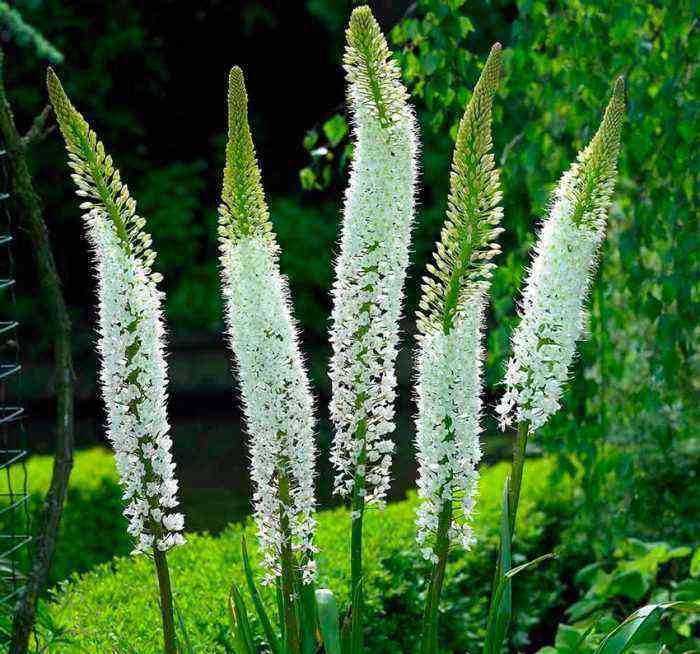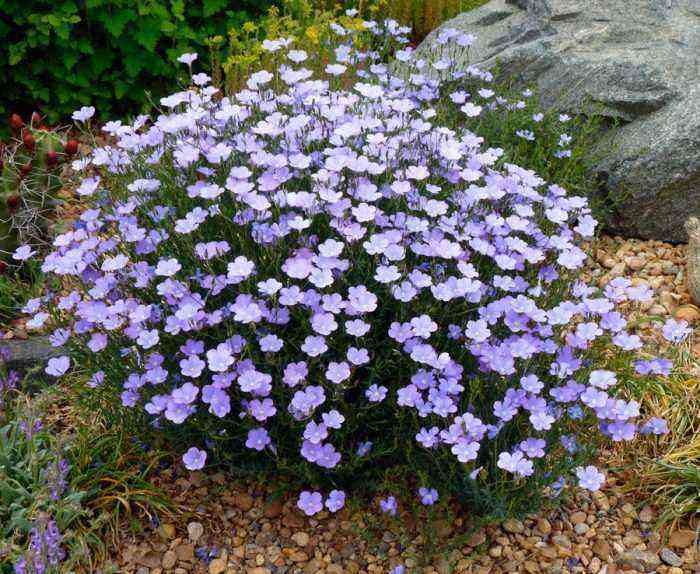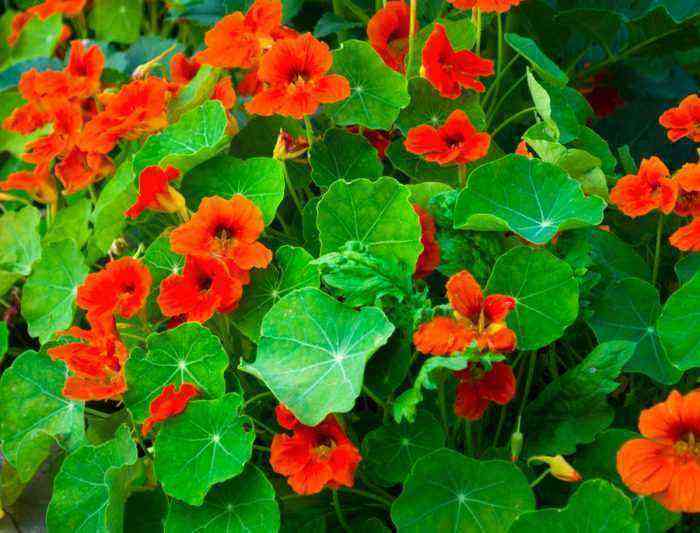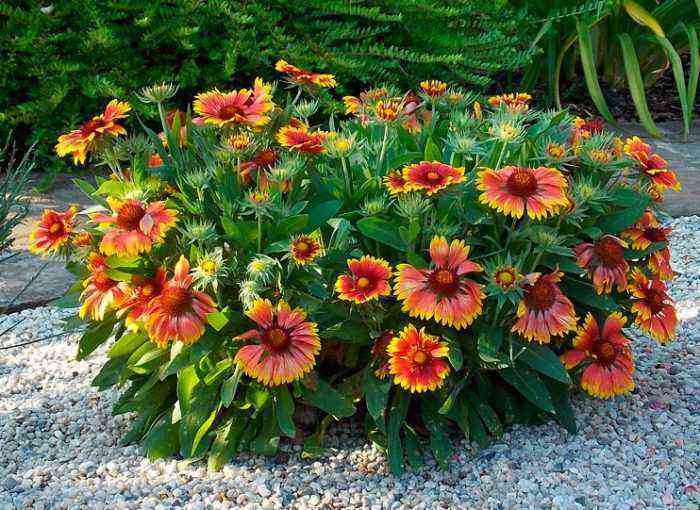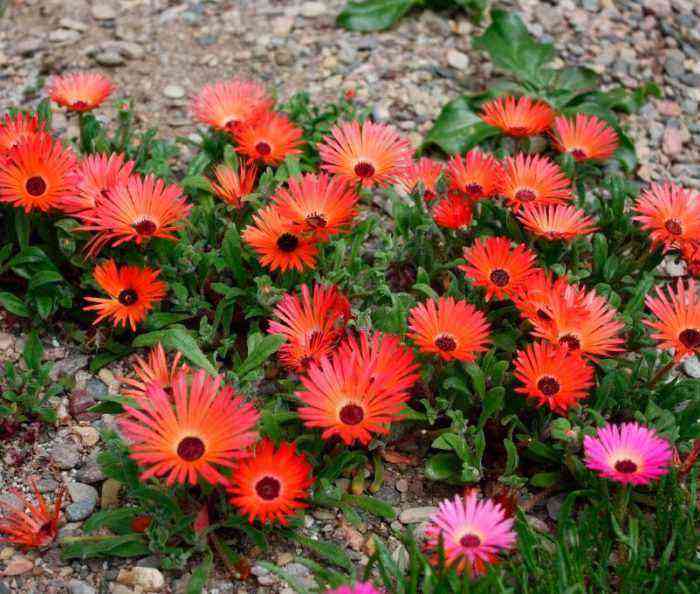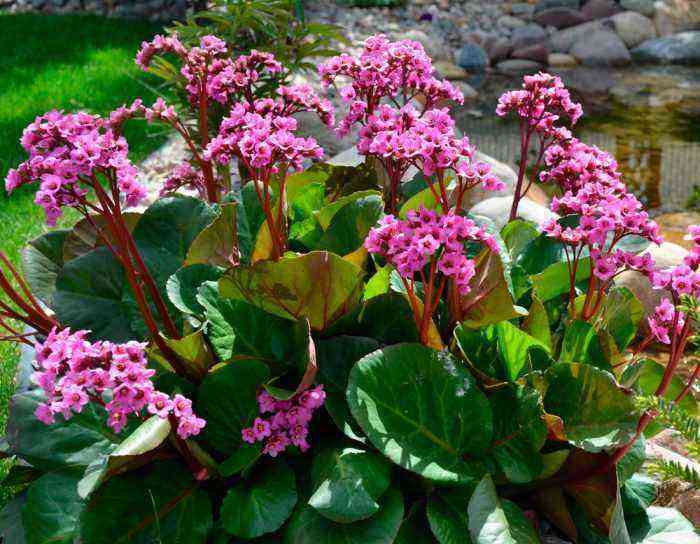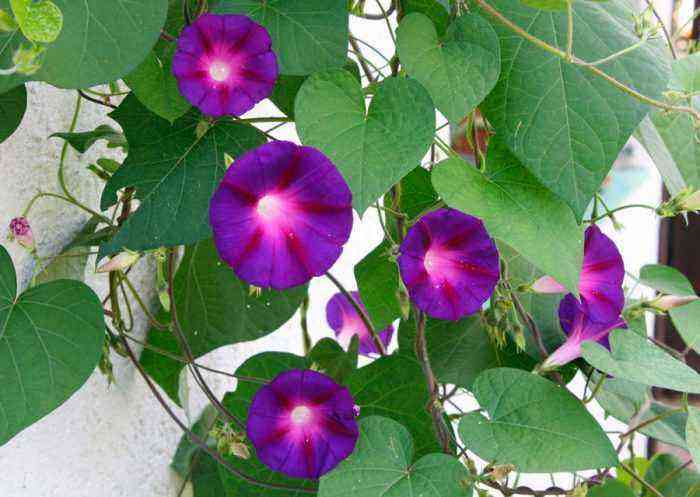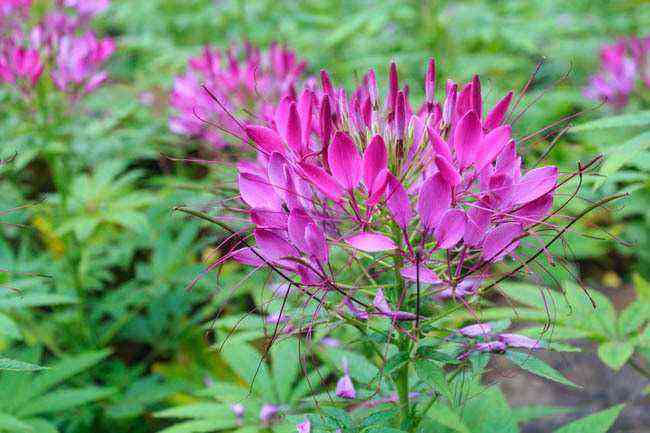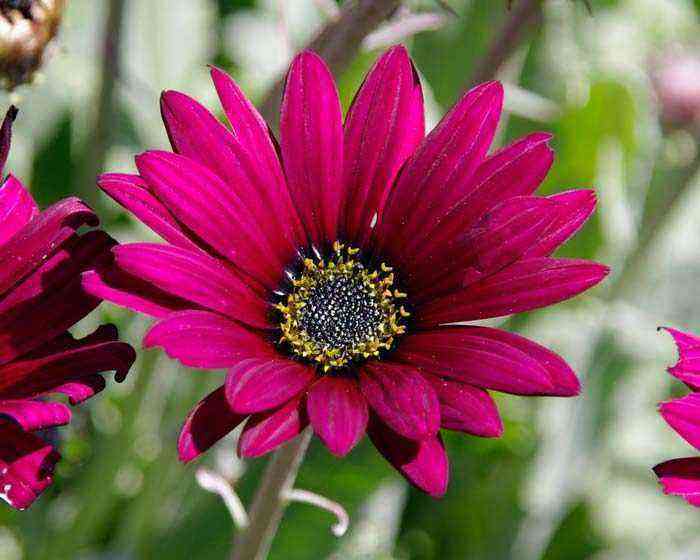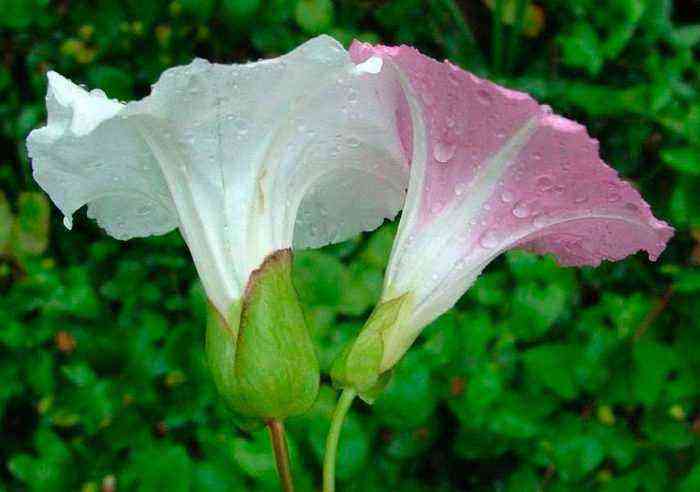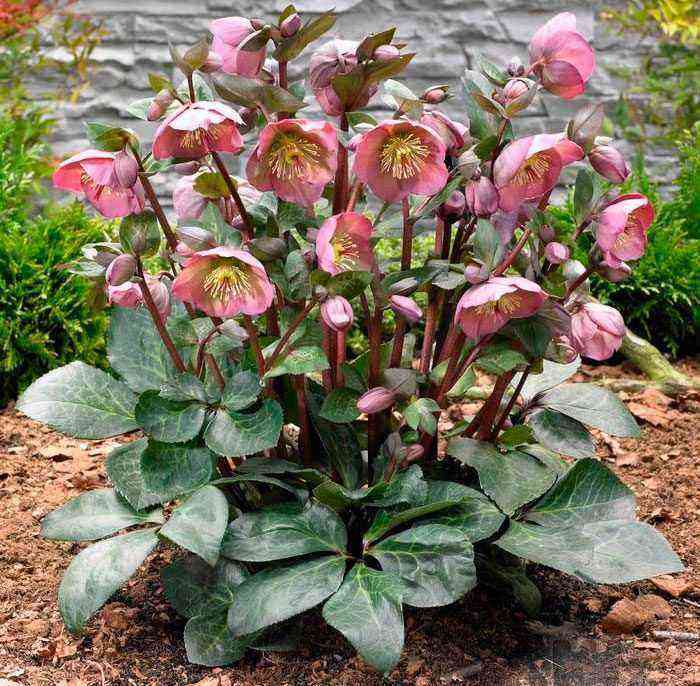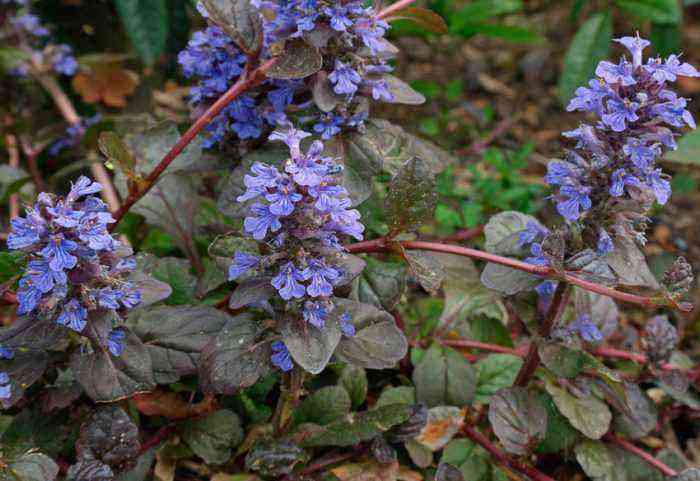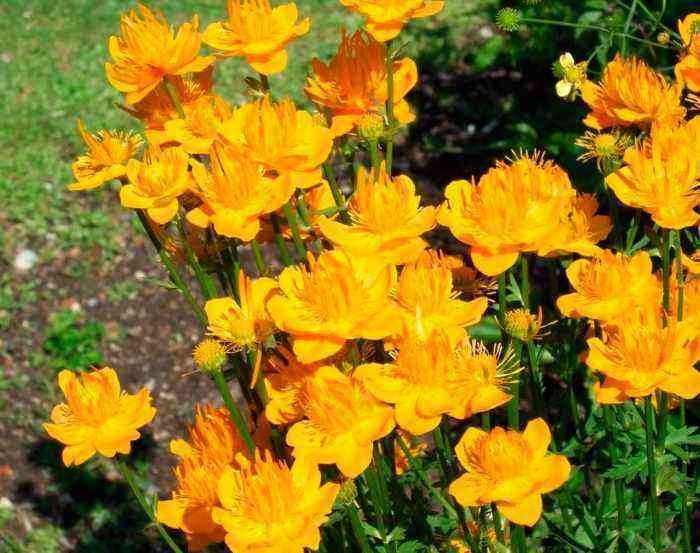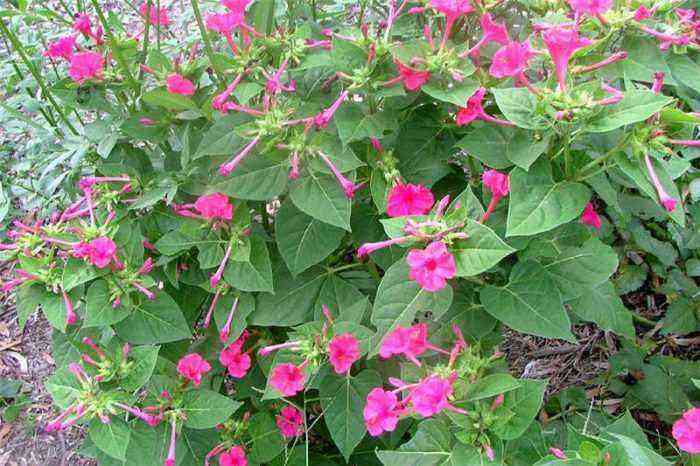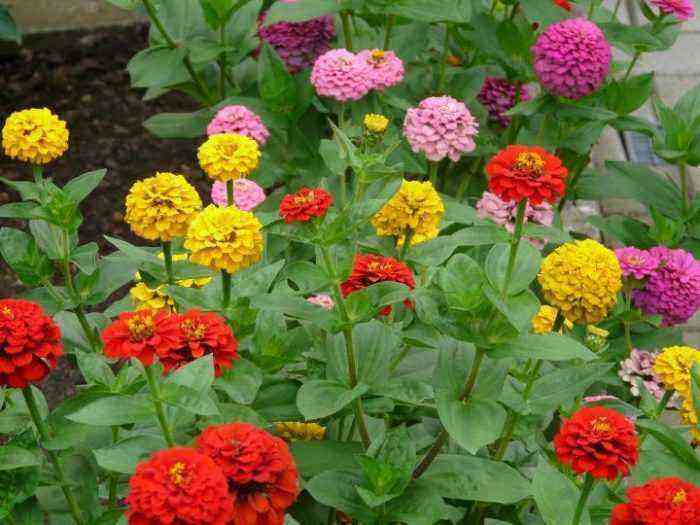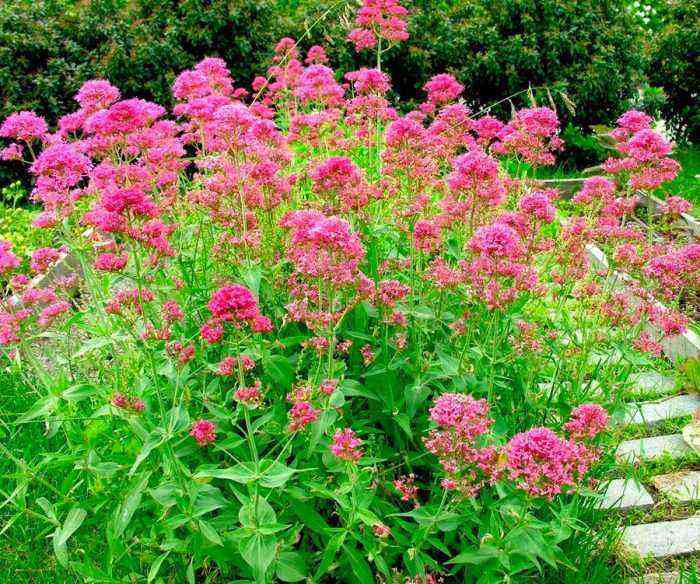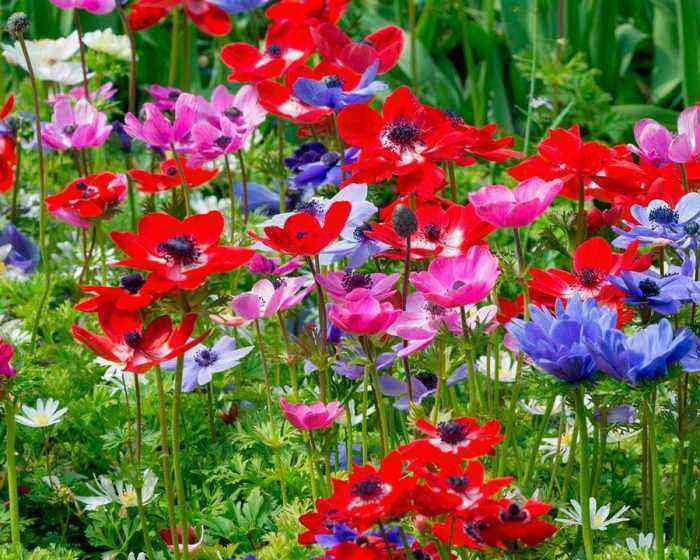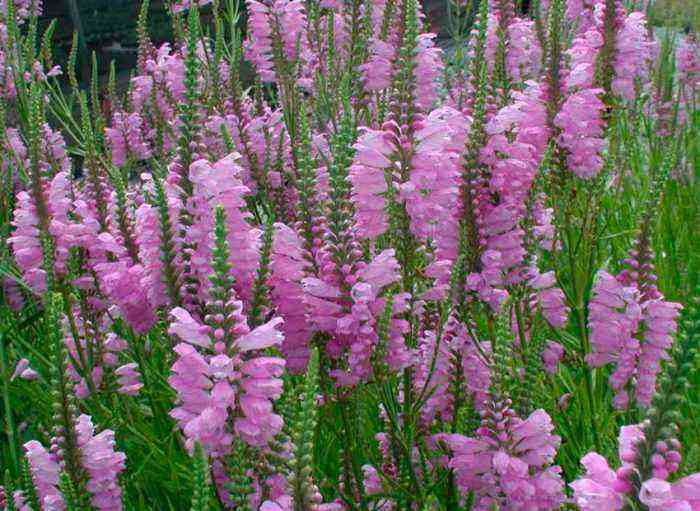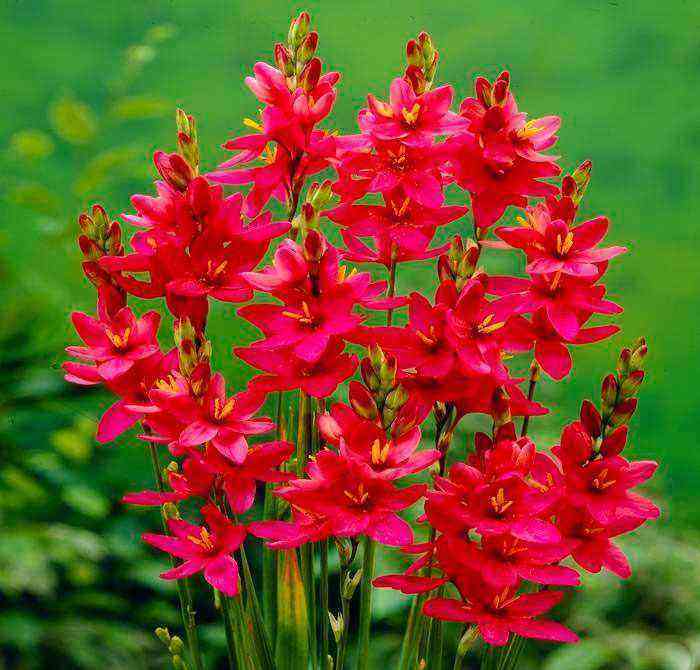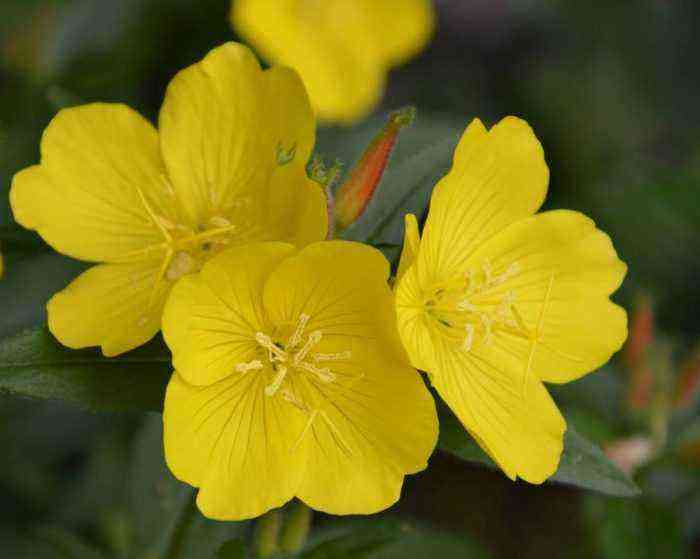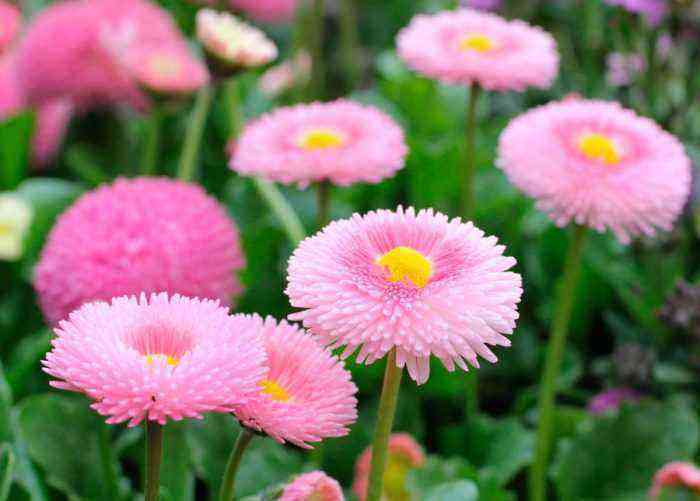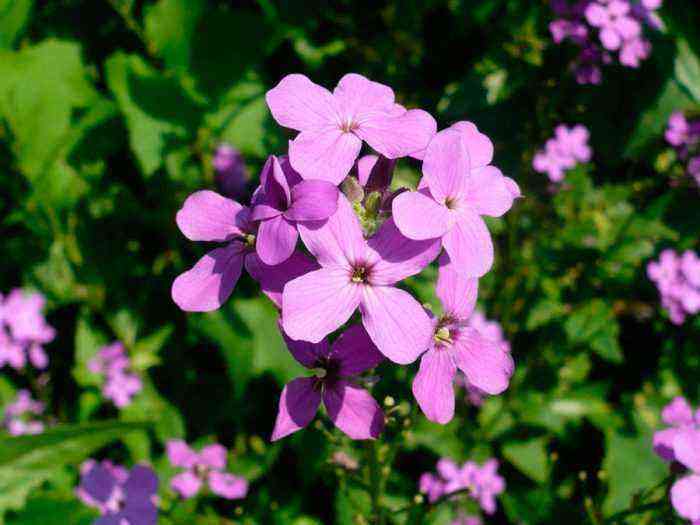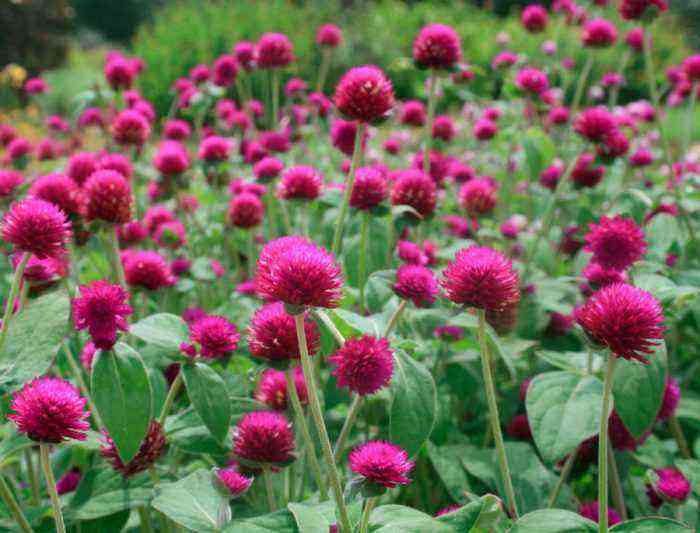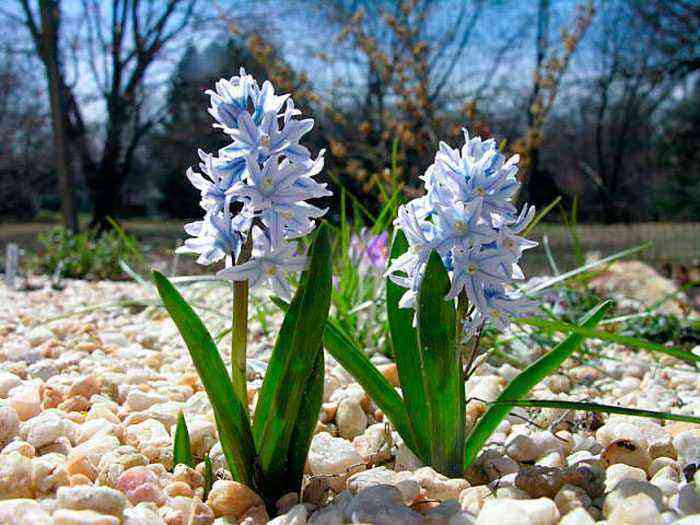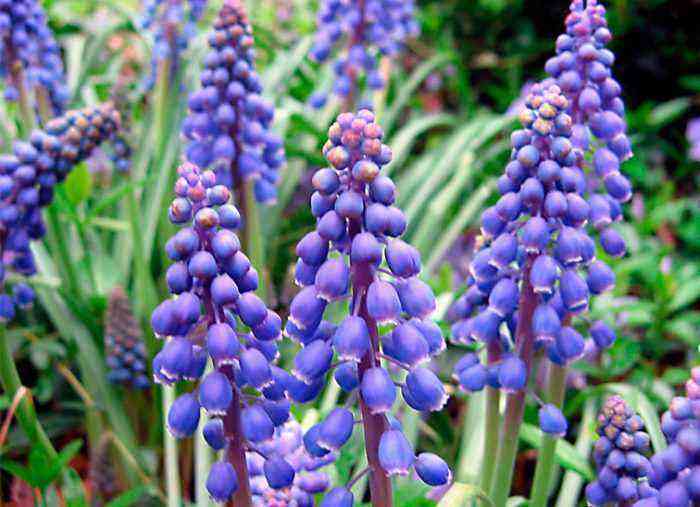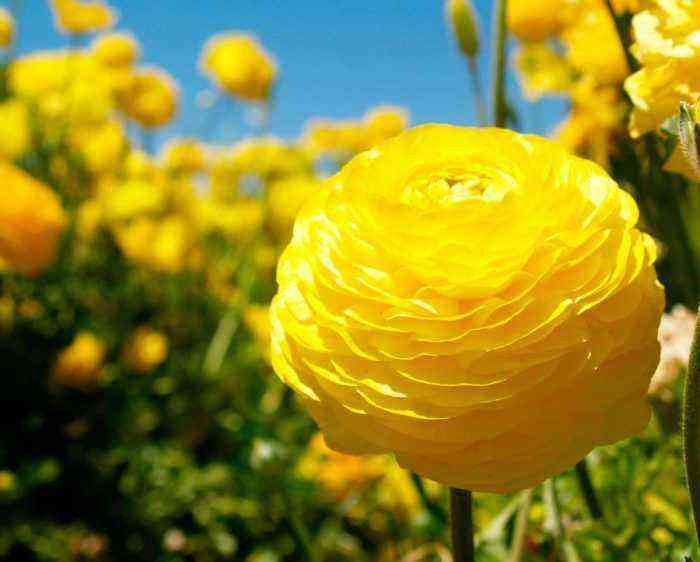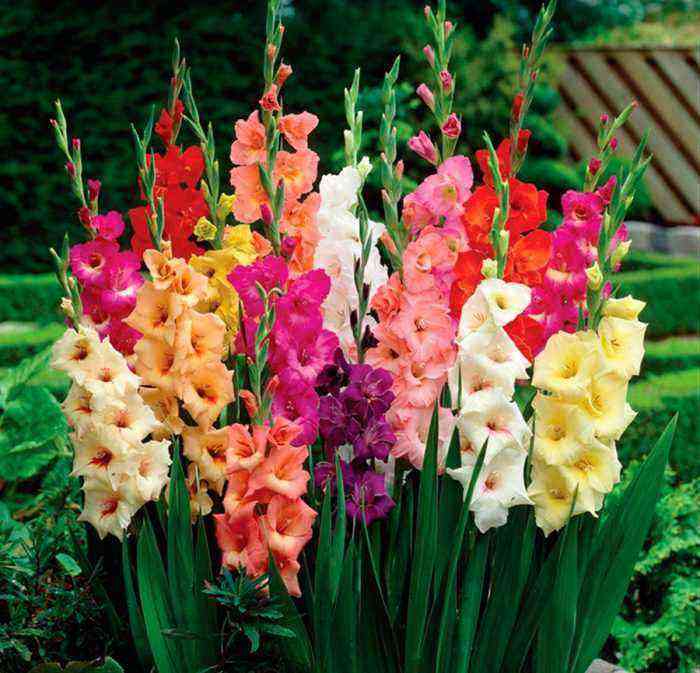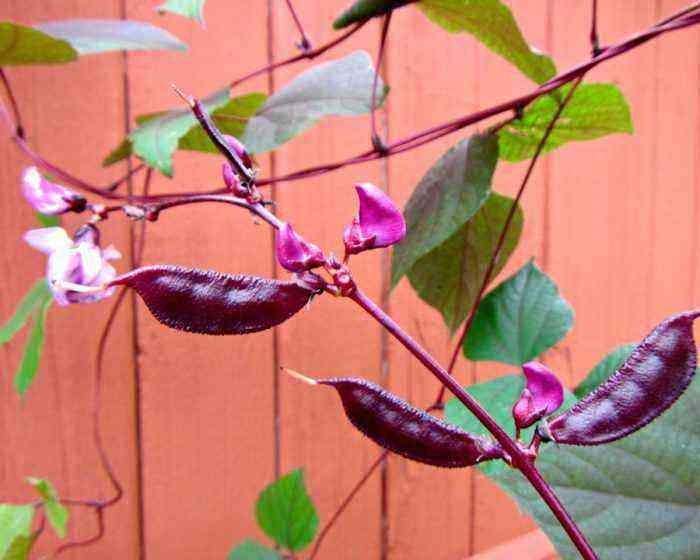The Bacopa plant, also called sutera, is part of the Plantain family. This genus unites more than 100 species, which are represented by water-loving, aquatic, succulent rhizomatous creeping perennial plants. Their homeland is the Canary Islands and South America. Under natural conditions, Bacopa prefers to grow on the swampy shores of various reservoirs in the subtropical and tropical zones of Australia, Africa, Asia and America. The plant began to be cultivated in 1993. It is grown in regions with a temperate climate as a ground cover or ampelous plant.
Brief description of cultivation


- Flowering… Bacopa blooms profusely, flowering weakens over time, but then grows again.
- Landing… Seedlings are sown for seedlings in March. The plant is transplanted into suspended structures or into open soil in mid-May.
- Illumination… Both well-lit and shaded areas that have reliable protection from gusts of wind are suitable.
- Ground… It must pass water and air well, and be saturated with humus and nutrients. The acidity of the soil is slightly acidic.
- Watering… Moisten the soil abundantly and often, especially in dry periods.
- Fertilizer… Bacopa is only fed when it is young in spring and summer. For this, organic matter and mineral complex fertilizers are used alternately.
- Pinching and trimming… In order for the bush to be more lush, the stems are regularly pinched, and if there are excessively long lashes, they need to be shortened. Pruning is carried out after the bush begins to bloom very poorly, and the lower part of the stems becomes lignified.
- Reproduction… By seed method and apical cuttings (in January – April).
- Harmful insects… Indoors – aphids, whiteflies and spider mites.
- disease… Mold or sooty fungus and gray rot.
Features of ampelous bacopa
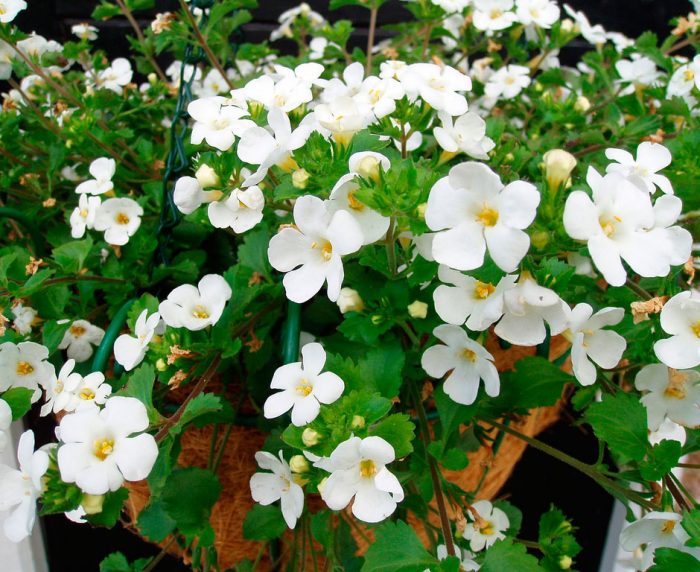

Creeping thin shoots of bacopa can be lodging or creeping, their length reaches 0,6 m, and they also grow strongly in width. Linear small leaf plates have an ovoid or broadly elliptical shape and an olive-green or green color, their edge is serrated. During flowering, axillary flowers are formed, the shape of which can be tubular or bell-shaped (depending on the species and variety). The flowers are large and small, double and simple, pink, blue, red, lilac, white, lilac, blue or purple. The flowering of such a plant lasts a very long time, but it occurs in waves: when the first abundant wave ends, the formation of flowers fades, and after a while the bushes begin to bloom even more magnificently. The life span of bacopa is not very long, but it can be easily propagated if desired. This flower is grown both indoors and in open soil.
Growing bacopa from seeds
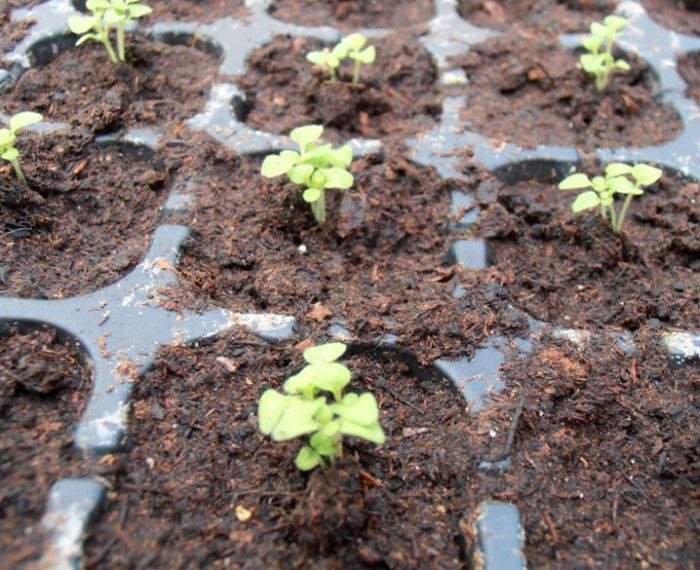

Sowing
If there is no bacopa on your site yet, then it will have to be grown from seeds. Getting good seedlings from seeds is pretty easy, especially when you consider that quality seed material can be easily purchased at a specialty store.
Sowing seeds for seedlings starts in March. To do this, fill a container with transparent walls with peat soil mixture, which must first be disinfected for 4 hours in the oven (temperature about 100 degrees). Wait for the substrate to cool completely before pouring it into the container. Level the surface of the soil mixture and distribute the seeds evenly over it. It is not necessary to sprinkle the seed on top; instead, it is slightly pressed into the pre-moistened soil mixture. Cover the crops with glass (film) and transfer them to a well-lit and warm (at least 20 degrees) place. The first seedlings may appear after one and a half to two weeks, while all the seeds will hatch completely only after 3-4 weeks.
Growing seedlings
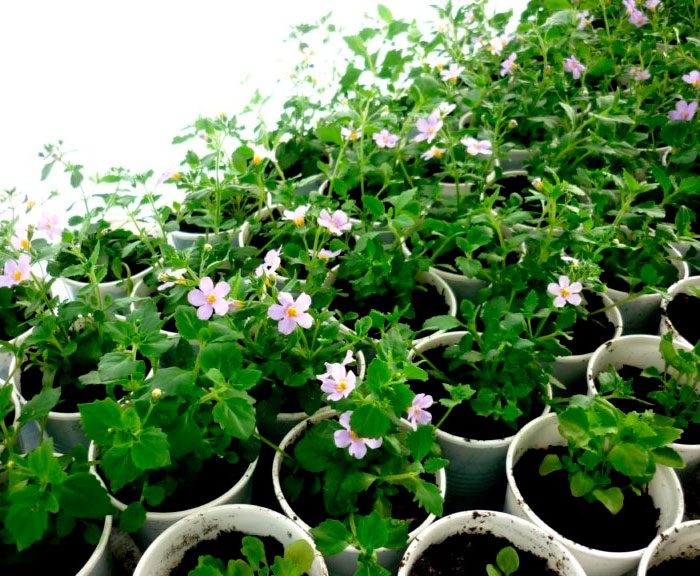

It is quite simple to care for bacopa seedlings, the main thing is to remember that as soon as the first seedlings appear, you need to make sure that the surface of the substrate in the container does not dry out. The surface of the soil mixture near the plants must be gently loosened regularly. The first time you need to dive seedlings only after they have formed 3 true leaf plates. For this, individual peat pots are used, reaching 50 mm in diameter. When the seedlings take root in a new place, they will need to be fed, for this, a complex mineral fertilizer is used, while the concentration of the finished nutrient solution should be half that recommended by the manufacturer (see instructions).
Seedlings grow best at temperatures ranging from 22 to 26 degrees. If you are going to grow bacopa in the open field, then it is recommended to dive it again after a while; for this, use pots that are slightly larger than the old ones. To make the cut plants more stable, it is recommended to bury their stem into the substrate by one knot. When, after the second pick, 7 days pass and the seedlings take root, a complete mineral fertilizer with an increased content of nitrogen and phosphorus will need to be applied to the substrate. Then the following temperature regime is set for the seedlings: in the daytime – from 15 to 24 degrees, and at night – 13-15 degrees. If you decide to grow such a plant in the house, then you do not need to subject it to a second pick; instead, a young bush is planted in a hanging basket or pots.
Planting bacopa in open ground


What time to plant
Bacopa seedlings are transplanted into the garden only when the threat of recurrent frosts is left behind, as a rule, this time falls on the second half of May. However, before you start planting, the plant must be hardened. To do this, they are taken outside every day, while the duration of the procedure must be increased gradually. Hardened seedlings ready for planting in the garden can spend on the street around the clock.
Rules of landing
To grow such a flower, it is recommended to choose well-lit areas that have reliable protection from gusts of wind. A shaded area is also suitable for growing it, but in this case the flowering will be more scarce than those of those bushes that grow in a sunny place. If you plant the bacopa in the shade, then its stems will be very elongated, and the flowering will be very poor.
The plant does not differ in high demands on the composition of the soil; for its cultivation, a nutritious slightly acidic soil saturated with humus is perfect, which passes water and air well. Depending on the variety, when planting in the soil, the distance between the bushes varies from 10 to 25 centimeters (the higher the plants, the greater the distance between them should be).
Caring for bacopa in the garden
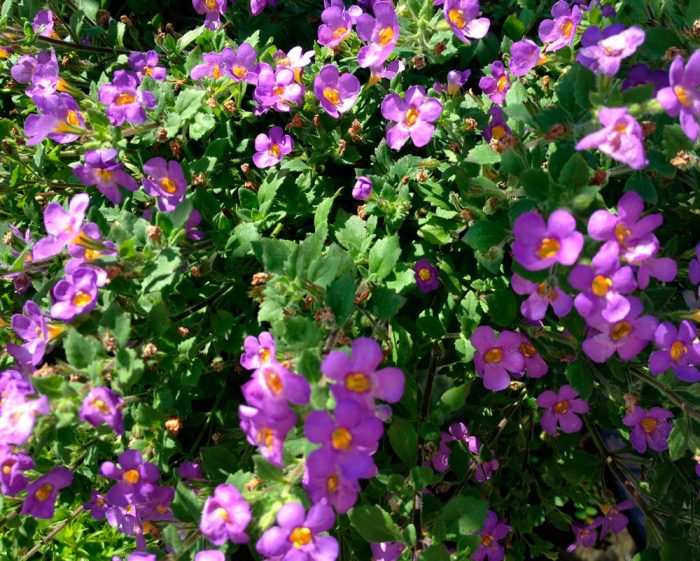

Bacopa is grown outdoors in the same way as many garden flowers. In order for it to grow and develop within normal limits, it must be weeded, watered, fed, pruned, pinched, loosened near the bushes, and also protected from harmful insects and diseases. It is not necessary to cut off the flowers that have begun to fade, since the plant sheds them on its own.
Watering
Such a flower needs abundant and frequent watering, especially if the summer is hot and dry. When the bushes are watered, slightly loosen the surface of the soil near them, but this must be done very carefully, since Bacopa has a surface root system. While loosening, pull out all the weeds very carefully as well (weeding is carried out exclusively by hand).
Additional fertilizing
You need to feed only young bacopa in spring, summer and autumn. However, when it gets colder and frosts begin, all feeding is stopped. For feeding, organic matter (a solution of mullein or bird droppings) and complex mineral fertilizer are used alternately.
Caring for bacopa at home
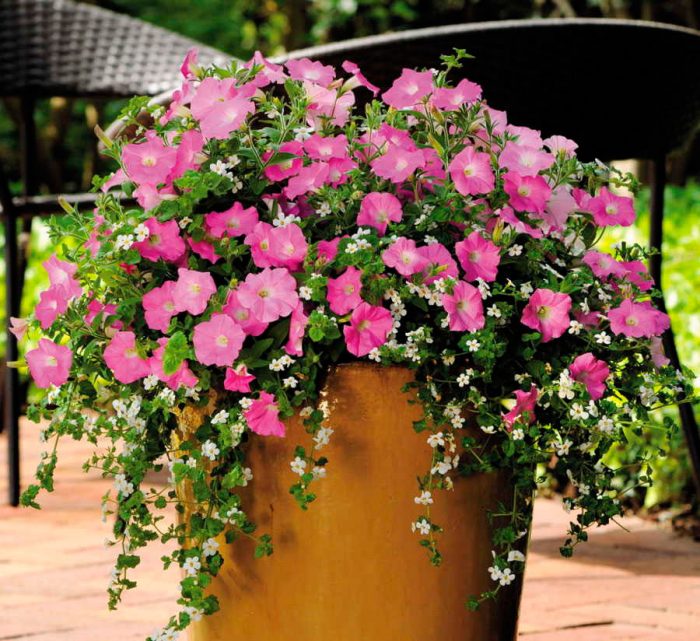

Growing Bacopa indoors is as easy as growing in a garden. To plant a flower, use a pots or a hanging basket, which is filled with a soil mixture consisting of sand, peat, humus and garden soil (2: 1: 2: 1). The substrate must be well-drained, since there should be no stagnation of water in it, because the delicate roots of the bacopa can rot very quickly due to waterlogging. Also, in order to avoid stagnation of water, a thick drainage layer is made at the bottom of the container.
Watering
Watering should be abundant and frequent. However, remember that Bacopa reacts much worse to stagnant liquid in the substrate than to too rare and poor watering. When the soil mixture in the container is moistened, its surface is gently loosened.
Additional fertilizing
Top dressing is carried out once every 1–1,5 weeks, for this, liquid mineral fertilizer for flowering plants is poured into the water for irrigation. If feeding is carried out regularly, then the bush will bloom very luxuriantly, and it will also be decorated with juicy foliage of a rich color. The nutrient solution must be poured strictly at the root, while it should not get to the surface of the foliage.
Site Selection


When choosing a place for such a plant, one should take into account that it needs a lot of light. Also, for normal development and growth, it is necessary that a certain amount of direct rays of the sun fall on the bush every day. It can also be grown in light shade, but in this case the bacopa may not bloom.
Since the flower does not suffer from changes in daily temperatures, and it is also not afraid of frosts down to minus 5 degrees, it can be used to decorate a terrace, loggia, balcony or veranda.
Trimming
To make the bush lush, it is recommended to regularly pinch the tops of its stems. Those shoots that are very elongated are cut off. After pruning, you will have apical cuttings, from which, if necessary, you can grow new bushes.
Also, pruning is carried out after the lower part of the stems becomes lignified, and very few flowers are formed on the bush. To do this, shorten the shoots by 1/3 of the length. This pruning is recommended in autumn.
Diseases and pests


disease
If the bacopa is grown in unsuitable conditions for it, or if it is not properly cared for, it can be affected by gray rot and moldy or sooty fungus (especially if the plantings are overly thickened). If signs of fungal infection were noticed on the bush, then its crown must be thinned out, and then it is sprayed with a fungicide solution. It will take 2-3 treatments, which are carried out at intervals of 15 days.
Harmful insects
Aphids, whiteflies and spider mites can harm the plant. All these pests feed on plant sap and are sucking; therefore, acaricides can be used to combat them. In order to destroy all pests, 2 or 3 treatments may be needed.
Methods of reproduction


Bacopa can be grown quite easily from seed. How to do this is described in detail above. In addition, the flower can be propagated by cuttings. To do this, you will need to prepare apical cuttings, the length of which should be about 10 centimeters. For rooting, they are planted in a loose moist substrate, which includes sand and vermiculite (1: 1). Deepen the stalk into the soil mixture only 0,5 cm, while taking into account that 1 node must necessarily be underground, since it is from it that new roots will grow. Another node should rise above the surface of the substrate, new shoots will grow from it. As a rule, the roots appear after 15–20 days. In order to speed up this process, the cut of the cuttings is treated with phytohormones or an agent that stimulates root growth. A stalk planted for rooting should be covered with a transparent cap (a cut bottle or glass jar). Then it is transferred to a bright place, which is reliably protected from direct sunlight. Throughout the rooting process, keep the potting soil slightly moist at all times. After the cuttings begin to form new shoots, you need to pinch so that the bush grows more lush.
It is best to harvest cuttings from January to April, while cutting them from an adult bush. Cuttings can also be carried out in the last summer weeks, because after the bush is cut off, a large number of cuttings will remain. Cuttings taken from white bacopa give roots most easily and quickly. And in other species, they must be treated with a root formation stimulator before planting.
Wintering of perennial bacopa
Perennial Bacopa growing in open soil will not survive the winter in the garden. For wintering, it is dug up, placed in a container and brought into a cool room with a temperature of 12 to 15 degrees, there should be high humidity. Protect the bushes from drafts and water them from time to time. It is necessary to moisten the soil in a container quite rarely, just to prevent the earthen coma from drying out. There is no need to feed flowers in winter. Most gardeners, with the onset of spring, cut cuttings from the overwintered bush, root them and plant them in the garden. The fact is that during the winter the bush loses its decorative effect.
If we are talking about indoor bacopa, then after it is cut off, it is placed in a cool place, where the bush will stay until the onset of spring. For example, a flower can be transferred to a loggia, a glazed balcony, or to an unheated room (veranda).
Types and varieties of bacopa
In addition to natural species and varieties, there are a large number of hybrids and varieties that have appeared in recent years thanks to breeders. Below will be described those species and varieties that are very popular with gardeners.
Bacopa caroliniana
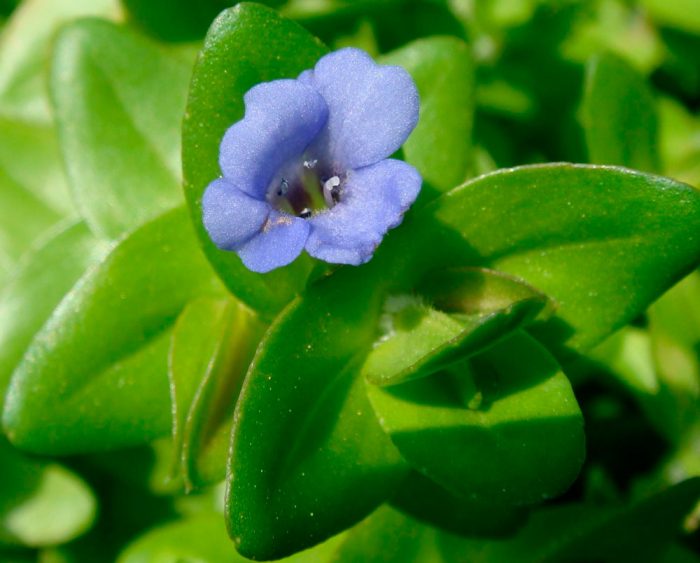

The homeland of this species is the eastern part of the United States. The height of the bush with erect thick stems is about 0,3 m. Oval-shaped leaf plates grow on the shoots in pairs crosswise. If the bush grows in a sunny place, then its foliage is copper-red, and greenish in shade. At the tops of the shoots, small flowers of a deep blue color are formed. This bacopa is an aquarium, it is often grown in water under glass. In garden plots, this plant is used to decorate the shores of artificial or natural reservoirs, and it can also be planted directly into the water to a depth of at least 30–35 centimeters.
Australian Bacopa (Bacopa australis)


This undersized bush has thin shoots, and it grows under water. Bacopa stems are decorated with opposite greenish leaf plates of a round or oval shape, which reach about 1,8 cm in length. During flowering, bluish flowers form on the surface of the stems.
Bacopa monnieri


In this succulent plant, creeping shoots are decorated with sessile leaf plates of an oblong shape, having a rounded top, their length varies from 0,8 to 2 cm.The edge of the leaves can be sparsely toothed or whole. The length of the corolla of the axillary flowers is about 10 mm; they can be colored white, blue or purple.
Bacopa cordata
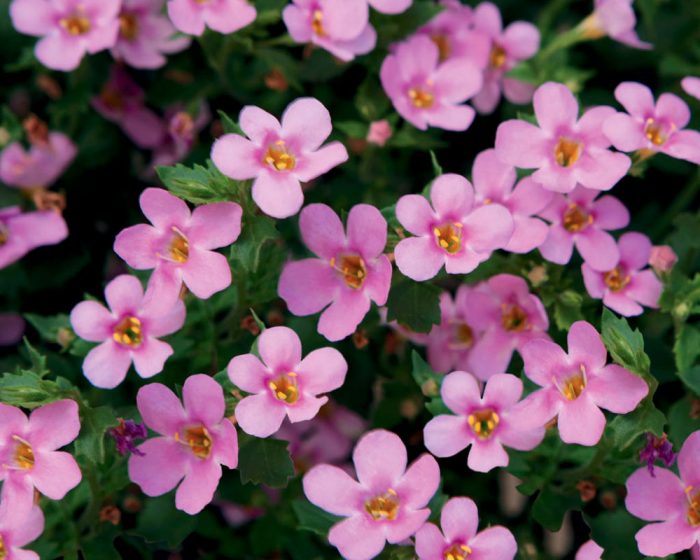

The height of such a perennial herb is about 15 centimeters. Its green leaves can be small or medium in size.
Spreading Bacopa (Bacopa diffuses)
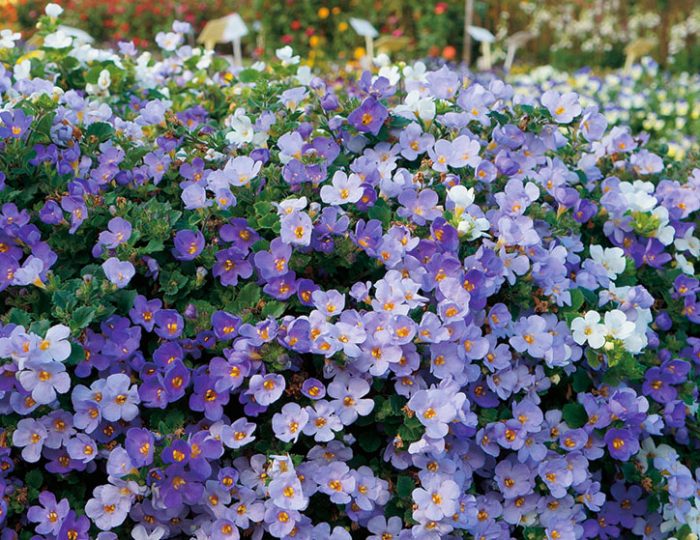

Or beautiful (Bacopa speciosa). This perennial comes from the Canary Islands and South Africa. Its flowers are originally snow-white in color; they retain their decorative effect even during prolonged rains. The species blooms for a relatively long time, while it can independently cleanse itself of wilted flowers by simply dropping them. The most popular varieties of this type:
- Snowflake… This ampelous variety is distinguished by its lush flowering. The flowers are white and large.
- Boar… The flowers of this variety are quite large.
- Olympic Gold… This is a hybrid with a stem length of about 0,6 m. They are decorated with small leaves of a golden-green hue, as well as white flowers.
- Scopia Double Blue… This variety is grown as a ground cover plant. Its foliage is colored deep green, and its large flowers are pinkish-purple.
- Blizzard… A large number of small flowers grow on the bush.
- Rosea… The flowers are colored pink.
- Pink Domino… The flowers are purple.
- Taibun Blu… The variety is distinguished by lush flowering, its flowers are painted in a lilac shade.
In addition to these varieties, gardeners are widely cultivated such as: Giant Cloud, Blue Schauers, Efrican Sunset, etc.
